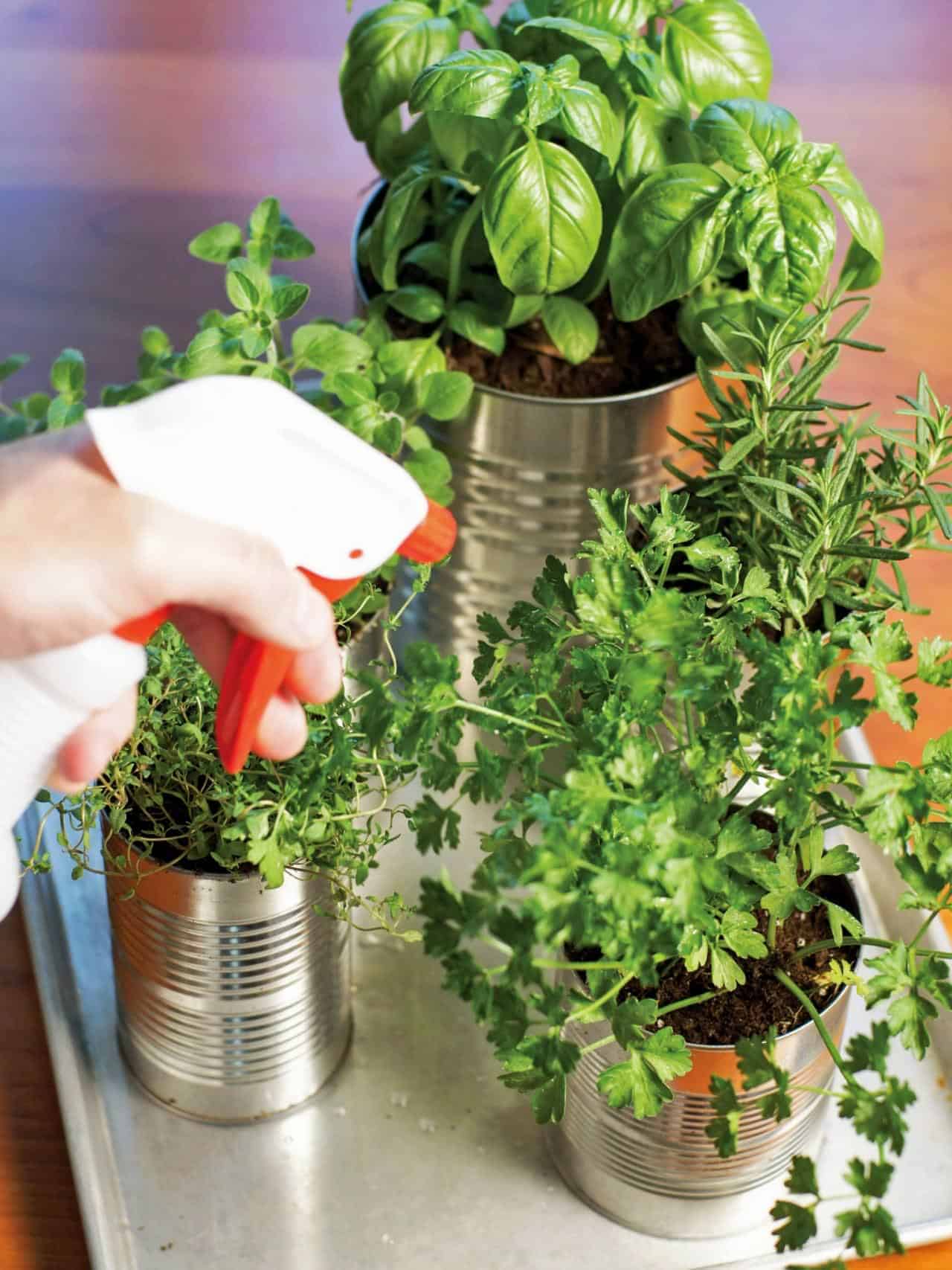Table of Content
If there’s one thing that those who are moving want to keep more than anything else – after their pets, of course – it’s their plants. Many have spent years cultivating their plants and enjoy having them in their home. It’s only natural that they want to have them along on moving day.

Even if you’re only moving a short distance away, you may also want to consider your microclimate. For instance, some tall plants may not be able to handle a windy yard! You may even change zones entirely, which presents its own unique challenge. A Garden Therapy reader shared her story with me about moving her own garden. She had an amaryllis plant that was gifted to her by her brother-in-law more than 50 years ago. Between choosing between expensive or practical plants, she knew the amaryllis plant was the most important plant to move.
How to Move Houseplants
That is why the majority of moving companies won’t take that risk. For the short-distance trip, ideally would be to transport your leafy companions in your own vehicle. However, if you opt for a removal company, Zenith moving is here to offer you quality services and give plenty of useful advice.

During the summer, uprooting a plant can affect the roots because of the dry weather. If you can’t make a plot at your new place before moving, prepare a temporary one for the relocation itself, and dig trenches at your new place upon arrival. Keep in mind that this is all dependent on the length of your move. For more long-distance operations, you’ll have to take additional precautions and make additional preparations. At least three weeks before your move, consider transferring any plants in clay or other easily breakable pots into plastic pots. This will lessen the likelihood that the plants get damaged.
How to Move Plants to Your New Home
So how do you make sure your plant children are taken care of and make their move with as little stress on them (or you!) as possible? Once you are there, make a point of replanting your plants within the first few days, especially if you are replanting them in the yard. You’ll want the plants to have a chance to quickly assimilate to the light and temperature of its new surroundings.

Your garden can have a long-lasting impact on whoever is lucky enough to call it theirs. I packed all the garden art, wreaths, birdhouses, hanging fixtures, and lights in my move. As I write this, I have realized that I left behind my solar chandelier hanging in the garden.
Uprooting Your Garden for a Move
In that case, a moving van or the mail may be a better option. Not all moving companies allow plants, so be sure to read a company’s policies thoroughly or call and ask in advance. If you’ve hired movers that allow plants, the movers will likely take care of everything. To make their job a little easier, be sure the bottom of the pot is sealed against spill and leaks, and make sure that the pot isn’t prone to tipping over.
However, if you haven’t been able to, adjust them as soon as possible to avoid shocking or stressing your plants. Find a place for them that closely matches the amount of light they were getting previously. Try to avoid moving them around too much until they’ve had time to settle and destress. Aside from the obvious reason that having bugs in your car or new home is unpleasant, stress lowers the natural defenses plants have, leaving them more vulnerable to pests. This is especially important if you’re moving to a new state or country.
Water, fertilize, and trim dead leaves or flowers a few days before the actual move. This way, your houseplants will be at their peak health during this change in scenery rather than already stressed. Soaking wet soil can lead to issues with freezing or mold growth, depending on the season.

It is always better to keep the plants with you in your car when shifting to your new home because you protect them from any damage when traveling. For the rest of your items, make sure to use movers that are trusted and who have the expertise to get you and your things to your new home happily and safely. Look no further thanBekins Van Linesfor all of your moving needs.
The packaging of the plant is still the same, but it’s even more imperative that the plant is in a pot that’s sturdy enough since you’ll be traveling a farther distance. When it comes to the actual move, treat your plant as if it were a pet. That will help increase the plant’s likelihood of surviving the move. This is a commonly discussed topic when it comes to relocating your home garden. Typically, the summer is the most popular time for changing house, but it’s never a good idea for moving plants due to high temperatures and dry air. On the other hand, winter can be also a tricky period to do so.

Typically, once your house goes under contract with a potential buyer, no changes can be made to the outside of your home. The United States Department of Agriculture has a feature on their website that shows you any restrictions on what plants can enter a particular state. Certain kinds of plants can be an invasive species to a region, and the state may be trying to control the population. Decluttering your house and coordinating the move from your old house to your new home, there are a lot of things on your mind. Chances are, most everything from inside your old house will make the move to your new home.
Check to see if they need more or less sunlight in your car, or if they need to be switched or adjusted in position depending on how much or how little light they need. Check them for signs of drying out, and make sure to have some water readily available for them. About a week before your move, remove dead leaves and prune foliage from your plants so they’re in their best state to take on the stress of a move. This is a sweet spot in between watering them too close to your move , and too far away, which will leave them thirsty and more susceptible to stress and damage. Also, put a flea collar around your plants’ pots to draw out any pests that might be hiding around. From there, it’s all about creating your new garden and making sure that your plants are able to put down roots and adapt to this change.

No comments:
Post a Comment